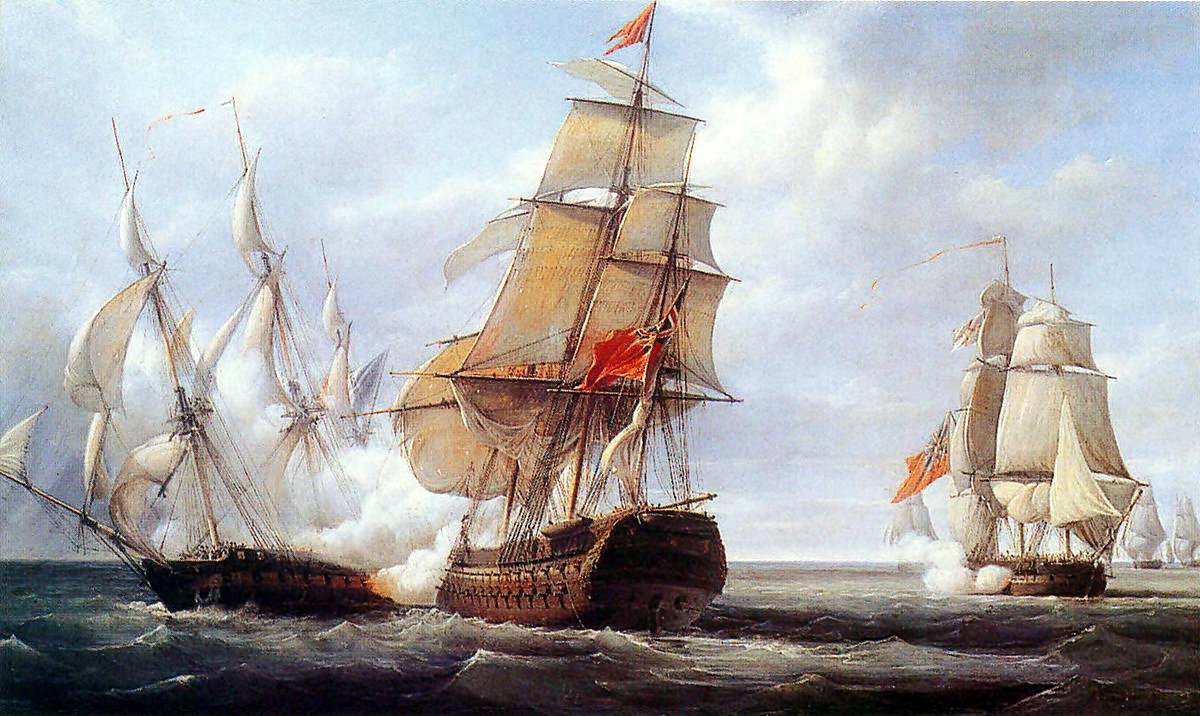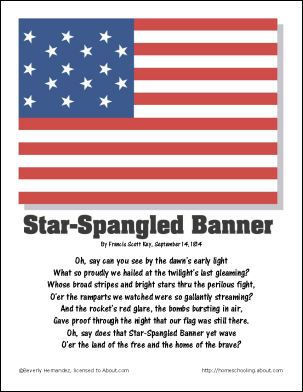A ship's plan can be seen in one hand, a pair of dividers in another. In the cummerbund is probably the Silver Scale granted by the EIC. This portrait should actually be for a person who is equivalent to a Chief Naval Architect today. He is the man who built ships of very good quality with Indian teakwood. So much so, that England's shipbuilders felt threatened. His name is Jamsetji Bomanji Wadia (1754-1821), Master Builder at Bombay Dockyard.
However the Bombay Gazette of 1839 said this:- We doubt the competency of a native, however able or educated to take charge of an establishment such as the Bombay Steam Factory, with a body of English workmen to be directed, superintended and controlled by a native". Though Ardeshir Cursetjee had been appointed Chief Engineer by the East India Company. It actually marked 105 years of the Wadia family behind Master Builders in Mumbai's shipbuilding industry. The Bombay Gazette though, believed racism came first.

“On Tuesday last His Majesty’s Ship, the “Minden” built in the new docks (Bombay) by Jamshedji Bomanji Wadia was floated into the stream at high water, after the usual ceremony of breaking the bottle had been performed by the Honorable Governor Jonathan Duncan.
A year after her maiden sail, the War of 1812 broke off between the United States of America and the United Kingdom over issues ranging from trade restrictions, forceful induction of 10,000 American merchant sailors into the Royal Navy and British assistance to Native Americans to fight the settlers etc.
Georgetown-based Francis Scott Key who was a lawyer by profession and an amateur poet was asked to accompany the British Prisoner Exchange Agent Colonel John Stuart Skinner onboard the HMS Minden to negotiate the release of prisoners, this after the infamous burning of Washington. The negotiation was a failure but they were not allowed to leave the ship as they knew about the British intention to attack Baltimore.
This patriotic poem The Star Spangled Banner was adopted as the American national anthem in 1916 more than a century after it was first published.


